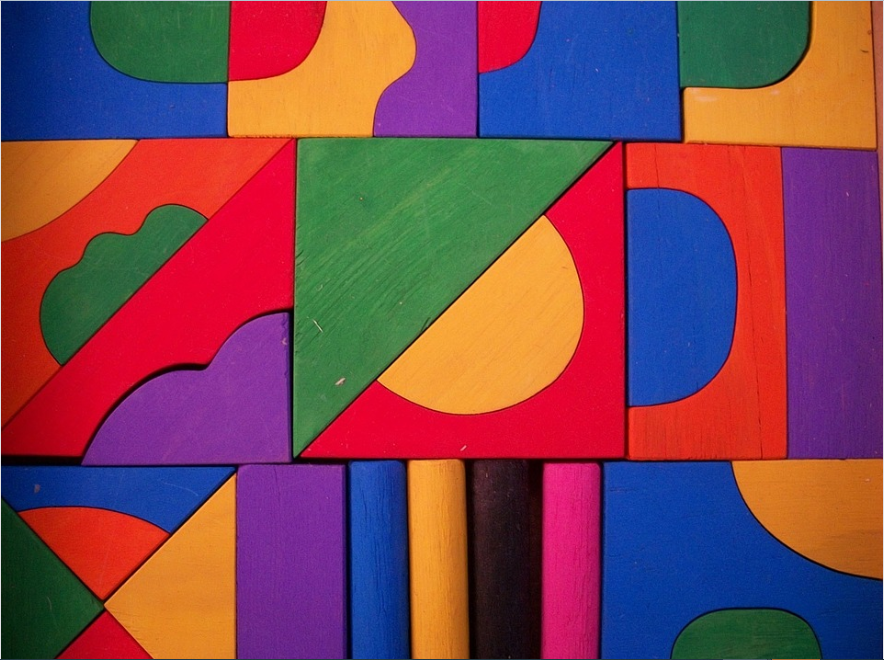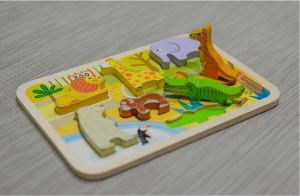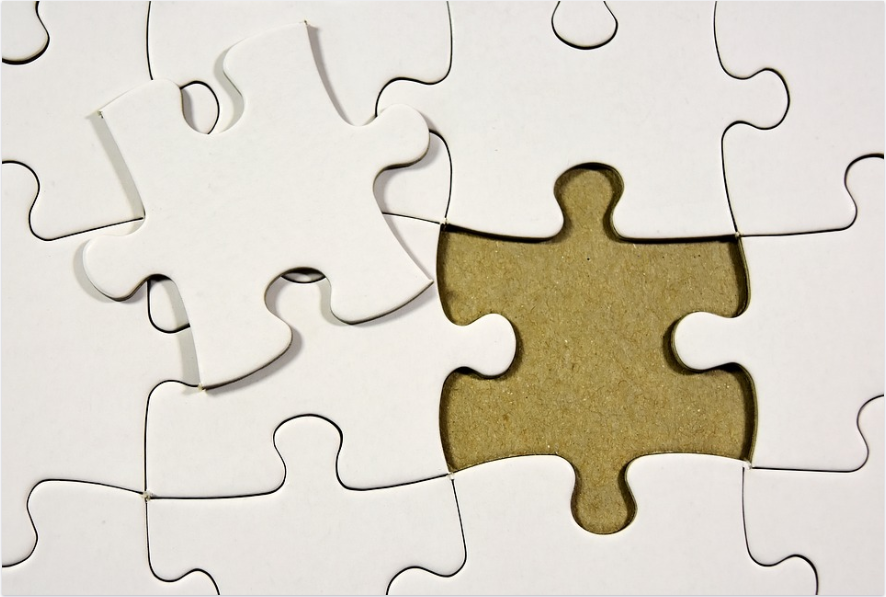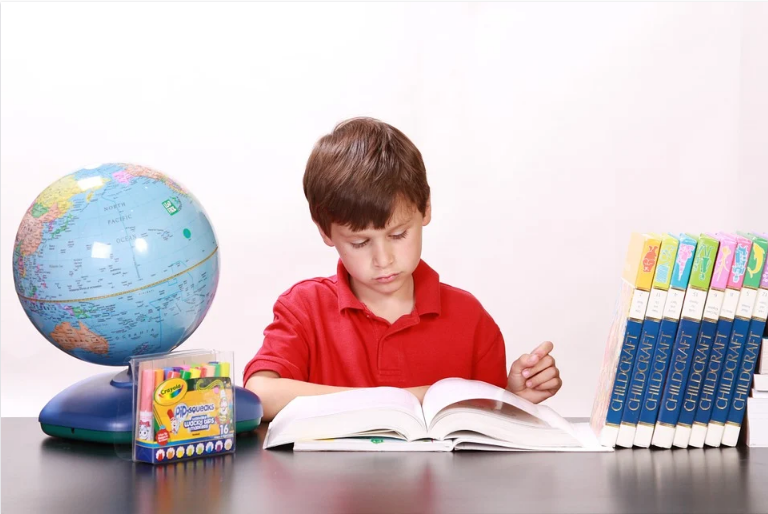A right chosen puzzle can be a source of satisfaction and learning while having fun. However, giving a child a difficult puzzle type may cause boredom and frustration. Thus it is worth remembering this when choosing a puzzle for your child’s learning. Whether you prefer word, semantic, mechanic, riddles, logic, or cipher puzzles, here are a few tips on best matching the puzzle to your child’s skills and development.
Puzzle Type
Although there are many puzzle types, they can be grouped into two main classes: inset and jigsaw. Inset puzzles are usually made of wood and sometimes foam. They consist of large, bulky pieces that do not fit together, as with other puzzles. Besides, all puzzles contain a tray or frame in which the pieces fit together. Knob and peg puzzles are the most popular puzzles in this class, although chunky puzzles also do not have knobs.

These simple educational toys are especially useful as a start for the learning process of most children.
On the other hand, jigsaw puzzles feature interlocking pieces and come in various sizes and difficulty levels. The primary forms of jigsaws include frame and floor puzzles, in addition to 3D ones. Jigsaw puzzles are typically reserved for children beyond the toddler years because they are generally more difficult than the inset category.
Number of Pieces
 Imagine a 6-year-old boy completing a 9-piece puzzle. You would have finished it in less than a minute. On the other hand, a puzzle of 400 pieces is beyond his abilities. It shows exactly how important the number of pieces of a puzzle is to your child’s abilities. The number of bits is one of the most important factors in choosing the ideal puzzle for children.
Imagine a 6-year-old boy completing a 9-piece puzzle. You would have finished it in less than a minute. On the other hand, a puzzle of 400 pieces is beyond his abilities. It shows exactly how important the number of pieces of a puzzle is to your child’s abilities. The number of bits is one of the most important factors in choosing the ideal puzzle for children.
Younger children generally want puzzles with fewer pieces that are easier to build. As they expand, they may be able to handle increasing complexity in the form of more bits. Also, the size of the pieces is another factor to consider. The larger, thicker puzzle pieces are easier to control and assemble for small hands, as is often the case with foam puzzles. By the way, you may have seen puzzles that use a label with the indication three or similar. It means that the puzzle is intended for children from 3 years old and up. The main reason to argue that age restriction is mainly because small pieces can choke in children and infants who normally like to put things in their mouths.
Topic or Theme
Puppies, a sea scene, a beautiful landscape, cartoon characters are just some of the likely themes that can be seen in a puzzle. While a child might love a puzzle with a dominant unicorn, another child might despise it. Now the choice of the perfect theme depends mainly on the child’s age, which influences his interests. Just picture the average preschooler presented with the option of a dinosaur-themed or a mountain landscape puzzle. Which one would you choose? The dinosaur that you could probably win, despite other features that the puzzle might have. The perfect picture of the puzzle can be a great incentive for children to build the pieces.





